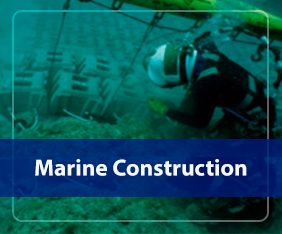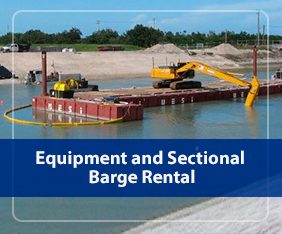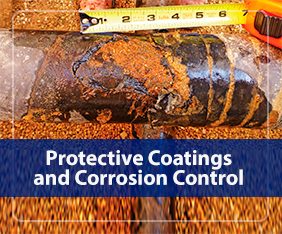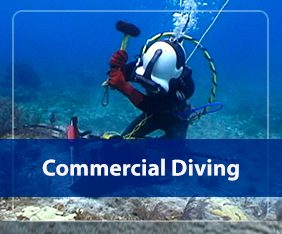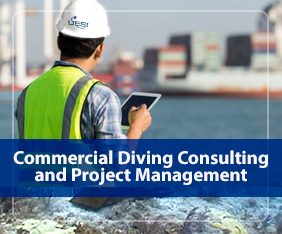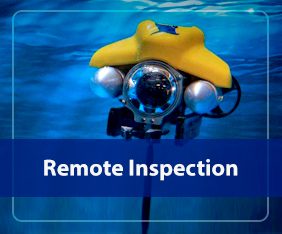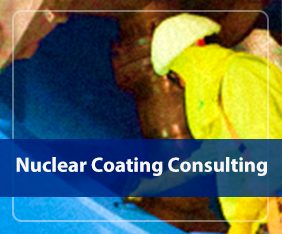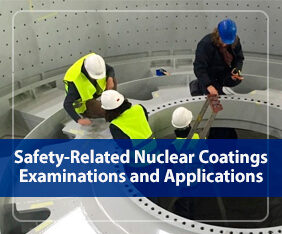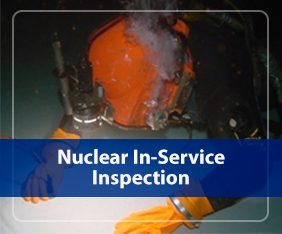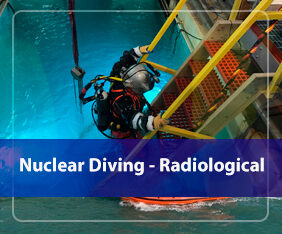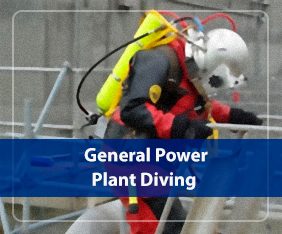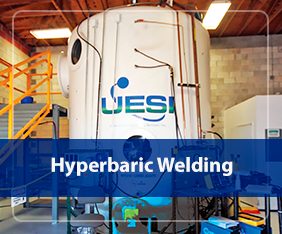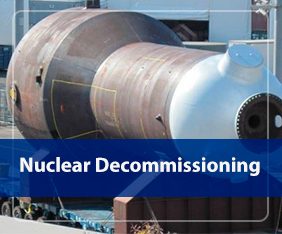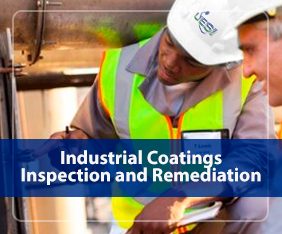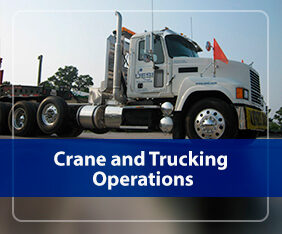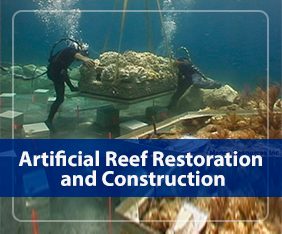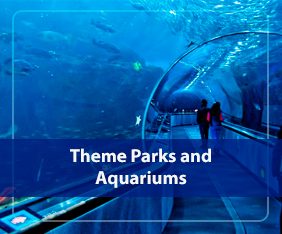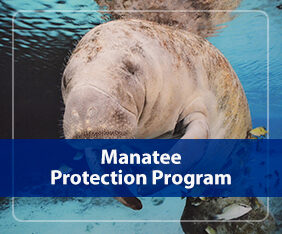
Artificial Reef Restoration and Construction
Although artificial reefs can enhance recreational and commercial fishing opportunities, creating a successful reef entails more than placing miscellaneous materials in the ocean, estuarine, or other aquatic environments. Planning, long-term monitoring, and evaluation are necessary in each project to ensure that the anticipated benefits are derived from artificial reefs. Improperly planned, constructed, or managed reefs may be ineffective, may cause conflict among competing user groups at the reef site, may increase the potential to overharvest targeted species, or may damage natural habitats. In such cases the benefits from the planned objectives of these structures may be negated.
The role of contractors like UESI is to work closely with federal, state, and local governments, and various environmental agencies to execute the planned work as specified. Our role typically involves structural or physical restoration. Structural restoration generally involves building reef modules, the construction of artificial reefs, sinking of wrecks, or relocation of rocks/dead coral heads. The goal is to increase the amount of reef structure and habitat available for the corals and other reef organisms to grow on. Structural restoration is required in areas were the reef has been lost due to disturbances such as blast fishing, boat grounding, dredging, landslides, etc. In areas which have been reduced to rubble or sand, corals will not have solid structure to attach to and will end up being abraded or buried during high waves. Ecosystem succession in these marginalized areas can take decades to recover, and many never do so on their own.
The role of contractors like UESI is to work closely with federal, state, and local governments, and various environmental agencies to execute the planned work as specified. Our role typically involves structural or physical restoration. Structural restoration generally involves building reef modules, the construction of artificial reefs, sinking of wrecks, or relocation of rocks/dead coral heads. The goal is to increase the amount of reef structure and habitat available for the corals and other reef organisms to grow on. Structural restoration is required in areas were the reef has been lost due to disturbances such as blast fishing, boat grounding, dredging, landslides, etc. In areas which have been reduced to rubble or sand, corals will not have solid structure to attach to and will end up being abraded or buried during high waves. Ecosystem succession in these marginalized areas can take decades to recover, and many never do so on their own.

Physical restoration involves addressing the conditions in which the corals are growing to improve their health and growth rates or mitigate damage to portions of the reef. Methods include mid-water coral nurseries or mineral accretion devices such as Biorock ™ technology. Mid-water nurseries are used as a staging area for rehabilitation of damaged or propagated corals before they are placed back out onto artificial or natural substrates. More extensive restoration may require setting and maintaining exclusion zone buoys, preparation, placement of limestone boulders, placement of anti – washout concrete, and placement of reef modules. UESI can supply the personnel, equipment, and vessels required to transport materials and execute the work.


